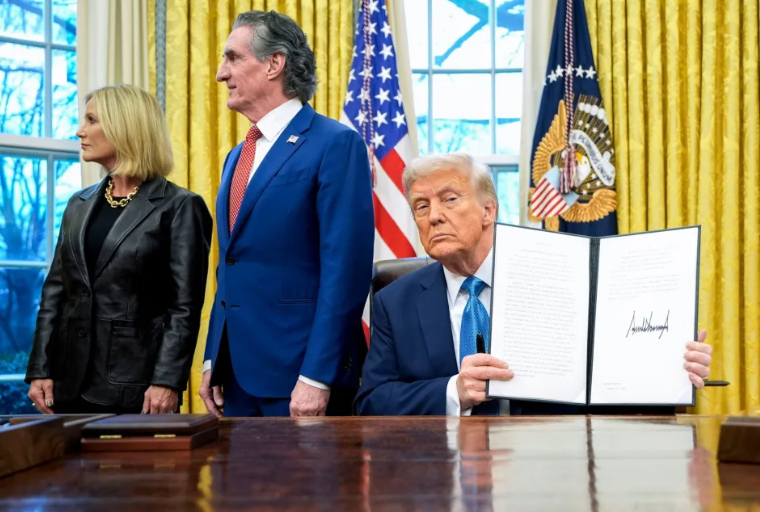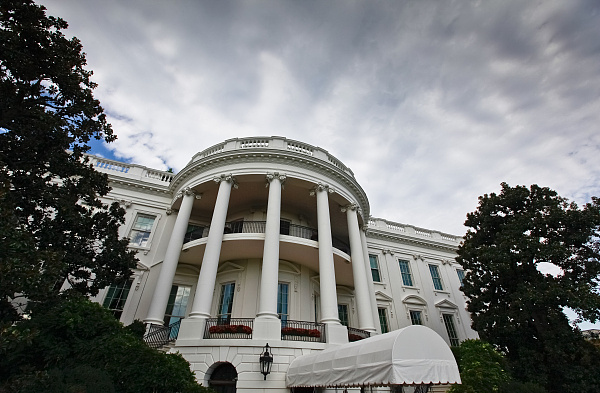
On February 9, local time, US President Trump announced to reporters on Air Force One that he would announce a 25% tariff on all steel and aluminum imported into the United States on February 10. This move is seen as another major escalation of Trump's trade policy. He claims that this move is to protect the domestic steel and aluminum industries in the United States and safeguard the economic interests and national security of the United States.
In the short term, the imposition of tariffs will give domestic steel and aluminum companies in the United States a price advantage, which may increase their market share and profits in the short term. However, in the long run, such protectionist measures may bring many problems. On the one hand, downstream industries such as automobiles, construction, and machinery manufacturing will face the dilemma of a sharp increase in raw material costs. Taking the automobile industry as an example, steel is one of the main raw materials for automobile manufacturing. Tariffs lead to rising steel prices, and the production costs of automobile manufacturers will increase, which may affect the competitiveness of their products. After the imposition of tariffs, American companies may be forced to readjust their supply chains. Some companies that rely on imported steel and aluminum may look for alternative suppliers or accelerate the expansion of domestic production capacity. This will change the existing supply chain pattern, but it may face the dual pressures of unstable supply and rising costs in the short term.
Trump's move to increase tariffs this time may trigger retaliatory tariffs from other countries. The United States' major trading partners, such as Canada, Mexico, and the European Union, are all important exporters of steel and aluminum. These countries may take corresponding retaliatory measures, leading to further escalation of global trade tensions. Steel and aluminum are global commodities, and the US tariff policy will have a significant impact on the global market. The imposition of tariffs may lead to an imbalance in the supply and demand of steel and aluminum in the international market and intensify price fluctuations. Steel and aluminum companies in other countries may adjust their production plans due to the loss of the US market or facing higher tariff barriers, which will in turn affect the stability of the global industrial chain.
Trump's announcement of additional tariffs triggered fluctuations in global financial markets. Within 24 hours of the announcement, the cryptocurrency market took the lead in falling by more than 2%. In addition, the stock market was also hit, and investors' concerns about trade tensions led to a setback in market confidence and a downward trend in the stock market. Trade escalation will have a negative impact on global economic growth. Trade protectionist measures hinder the free flow of international trade, increase the operating costs of enterprises, and reduce the efficiency of the global economy. As a result, the International Monetary Fund (IMF) and other institutions may lower their global economic growth expectations.
Trump's announcement of a 25% tariff on steel and aluminum is undoubtedly another escalation of his trade protectionism policy. Although this policy may bring certain benefits to the domestic steel and aluminum industries in the United States in the short term, in the long run, it will have a profound negative impact on downstream industries in the United States, the global trade pattern, the global economy and financial markets. The strong reaction and response measures of the international community also show that trade protectionism cannot solve trade problems, but will instead exacerbate global trade tensions. In the future, countries need to seek more fair and reasonable trade solutions through dialogue and consultation to maintain the stability and sustainable development of the global economy.

Below is the English translation of the text, with precise handling of political terms, consistent sentence structures, and preservation of the original’s analytical tone and logical flow:
Below is the English translation of the text, with precise …
On December 15 local time, Trump took the British Broadcast…
In recent years, the application of artificial intelligence…
According to Yahoo US media reports, the recent remarks of …
After 11 years of waiting in the deep sea, we finally have …
On December 17, 2025, the newly renovated American "Preside…